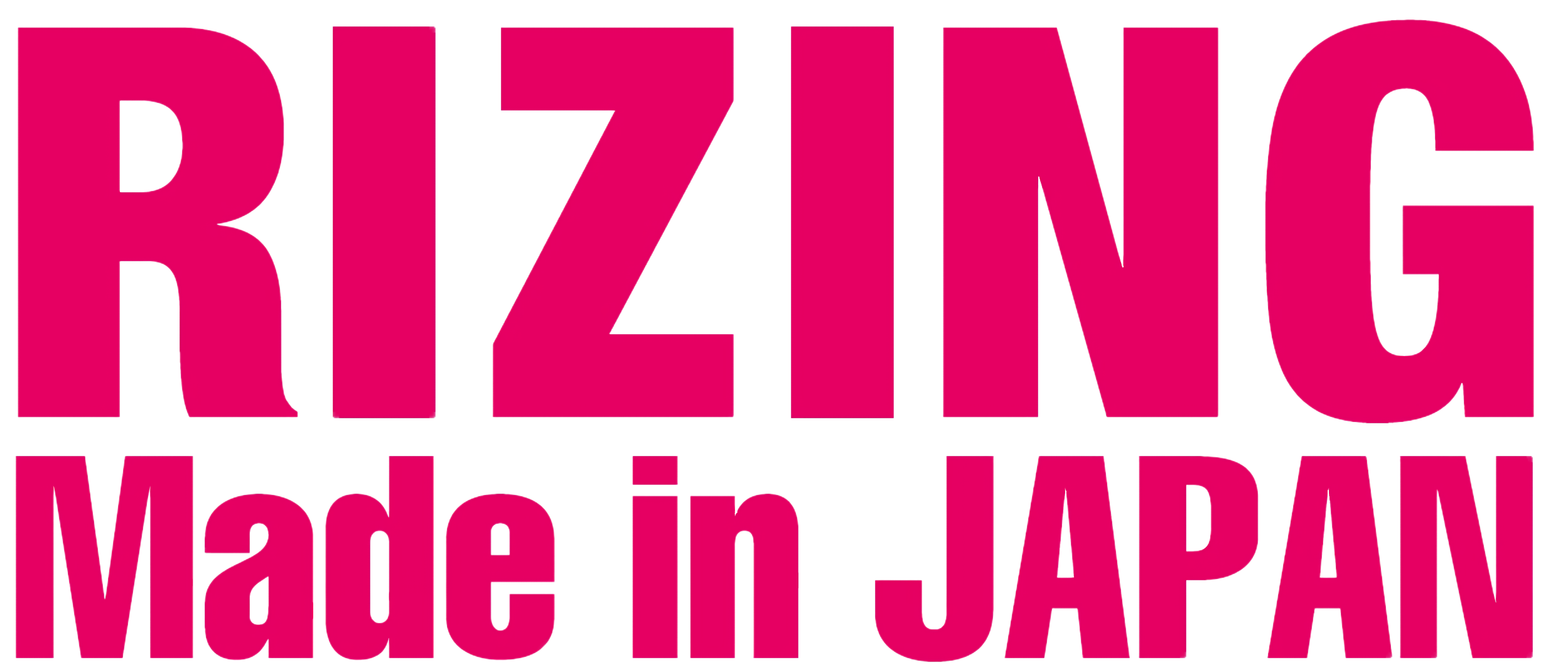The Continuous Battle of Yamaha and Honda in the Motorcycle Industry: An Academic Exploration
The global motorcycle industry is characterized by a perpetual rivalry between leading manufacturers, with Yamaha Motor Co., Ltd. and Honda Motor Co., Ltd. serving as two of the most prominent contenders in this arena. This essay aims to explore the competitive dynamics between Yamaha and Honda, examining their historical development, market strategies, technological advancements, and brand positioning. This thorough analysis of their ongoing battle not only elucidates the inherent characteristics of these two motorcycle giants but also sheds light on the broader implications for the motorcycle industry as a whole.
Historically, Yamaha and Honda emerged as formidable players in the post-World War II era. Honda was established in 1948, originally assembling motorized bicycles before expanding into a wide range of motorcycles, ultimately becoming one of the largest motorcycle manufacturers globally. In contrast, Yamaha was founded in 1887 as a piano manufacturer and transitioned into motorcycles with its first model, the YA-1, in 1953. Both companies have evolved immensely over the decades, with Honda becoming the world’s largest motorcycle manufacturer, while Yamaha has secured a commanding presence, particularly within the performance segment.
One of the defining features of the competition between Yamaha and Honda lies in their varying marketing strategies and target demographics. Honda has historically emphasized practicality and reliability, appealing to a broad demographic of consumers. This approach is manifested in their production of commuter and touring motorcycles, which resonate with a significant segment of the population seeking dependable and fuel-efficient transportation. The company’s brand message often revolves around innovation and cutting-edge technology, exemplified in models like the Honda CB series and the CRF lineup.
Conversely, Yamaha has carved out its niche by focusing on performance-oriented motorcycles which appeal to riding enthusiasts and sportbike aficionados. The company’s marketing strategy frequently emphasizes speed, style, and advanced technological features. Yamaha has also strengthened its foothold in both the off-road and racing categories, with the Yamaha YZF series representing a quintessential example of the company’s commitment to performance. This differentiation in brand positioning and target audience has allowed both companies to cultivate their unique identities while contributing to an intense and ongoing rivalry.
The technological advancements brought forth by both Yamaha and Honda reflect their commitment to innovation and responsiveness to consumer demands. Honda has been a pioneer in the development of advanced safety technologies, such as the Anti-Lock Braking System (ABS) and the application of advanced fuel injection systems, which have emerged as standard features in many of its models. Furthermore, the company explores alternative energy sources through its development of electric motorcycles, aligning itself with the global push for sustainability.
On the other hand, Yamaha has invested substantially in cutting-edge design and performance technologies, exemplified by its development of the Crossplane Crankshaft engine, which enhances cornering ability and overall stability in sportbikes. The company has also made strides in the world of electric mobility, having introduced various models focused on energy efficiency and reduced environmental impacts. As both companies navigate the technological advancements accompanying the 21st century, their ability to innovate will be paramount in maintaining competitiveness.
Furthermore, the rivalry has been influenced by their global expansion strategies, particularly in emerging markets. Both companies have strategically positioned themselves to capitalize on the burgeoning middle class in regions such as Southeast Asia and Latin America. Honda, with its established production facilities and extensive distribution networks, has achieved significant market penetration in these areas. In parallel, Yamaha has focused on enhancing its brand recognition through localized production and targeted marketing campaigns, resulting in a growing market share.
The continuous competition between Yamaha and Honda in the motorcycle industry embodies a microcosm of larger economic principles. Competition drives innovation, enhances consumer choice, and influences market dynamics. As both firms vie for supremacy, the implications of their rivalry extend beyond the realm of motorcycle enthusiasts to broader discussions about consumer behavior, technological advancement, and corporate strategy.
In conclusion, the battle between Yamaha and Honda represents one of the most compelling narratives within the motorcycle industry. Their historical context, divergent marketing strategies, commitment to innovation, and market expansion efforts have shaped a rivalry that not only influences their respective trajectories but also the landscape of the entire motorcycle market. Understanding the nuances of this competition provides insightful perspectives on the dynamics of rivalry, the importance of branding, and the role of technological innovation in shaping consumer preferences in a rapidly evolving industry.

